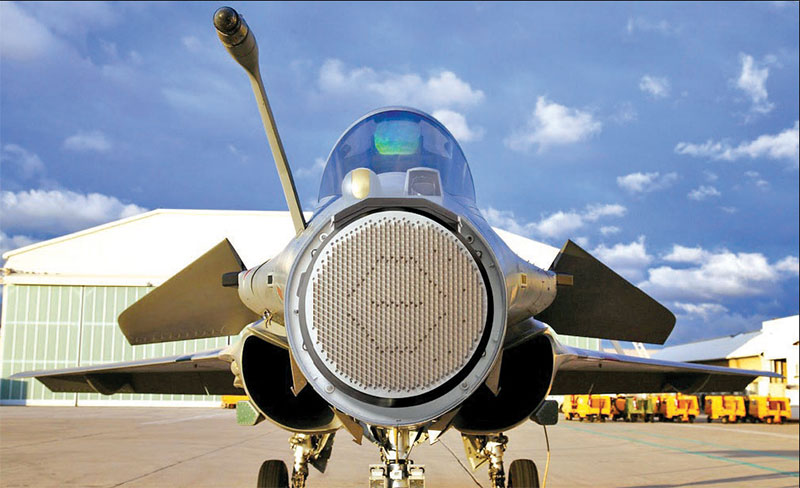India has been slow in catching up with new radar technologies meant to meet the growing challenges of enemy threats
Yunus Dar
The evolving research in nanotechnology and semiconductors is shaping the future of radars. The new technologies have helped in miniaturisation and diversified utilities of the radar. The 3D radar systems are occupying the attention of many companies and military organisations worldwide, as they are more efficient and precise, and dual-use. The 3D radar system involves the measurement of all three space coordinates of an object resulting in a precise pinpointing of the target. 3D radars are now replacing 2D radars increasingly in defence and meteorological industries.

Another trend has been the emergence of passive radars, which are becoming the new choice of militaries around the world for being both economical and efficient. The passive radar systems work by detecting and tracking their targets through reflections from non-cooperative sources of illumination such as commercial and communication signals. Unlike conventional radars, passive radars do not send any electromagnetic signals towards the target, they rather use the already existing electromagnetic signals from the atmosphere to support imaging and tracking capabilities.
Another prominent technology which is gaining traction these days is the Active Electronically Steered Array Radar (AESA) which employs the new generation of Trans-Receive (TR) modules. These are highly capable Software Defined Radios (SDR) that can also be used for radio communication with very high data rates. AESA is increasingly being used to replace the older radar technology because of its advanced tracking and detection capabilities. The controlled array antenna in AESA and the beam of radio waves can be made to point in different directions while the antenna remains at the same position. With its efficient detection, targeting, tracking and self-protection capabilities, AESA has an edge over the older technologies.
AESA-based radar was recently created by the independent sensor provider HENSOLDT, which leads the next generation of military identification (IFF, identification-friend-or-foe) systems on modern warships. NESIS 4000 capitalises on the latest AESA radar technology given it superior performance compared to conventional systems. Due to this technology the radar beam can be steered electronically so that the system does not require a mechanically rotating antenna on top of the ship’s mast.
“The avoidance of a rotating antenna at the highest point of a ship by using a non-rotating, ring-shape fixed-array antenna in a lower part of the ship’s integrated mast reduces the radar cross-section and infrared signature of the vessel by far,” said HENSOLDT. “Therefore, the new technology allows for improved survivability of surface vessels and cost-saving flexibility in ship-design. In addition, the AESA technology increases radar performance and reduces significantly the update rates. Compared to conventional systems, targets and eventual threats can be identified much faster and the range in a 360° area around the ship is widened to a 200 NM radius,” the company added.
When it comes to radars mounted on vehicles for threat detection, there are a number of technologies available. The latest technique involves integrating the Light detection and ranging (LIDAR) sensors in automotive radars to collect the data faster with high accuracy. The system uses pulsed laser light beamed at the target, which when reflected back gives a 3D representation of the target by processing the differences in laser return times and wavelengths. LIDARs can give a 360-degree environment assessment for a vehicle to identify the target. These features make the LIDARs favourite amongst the automotive manufacturers.
The integration of radars with GPS is also being pursued by some security companies around the world. The system offers automatic target following, friend or foe tracking and monitoring of areas in darkness. Such technology is used in navigation systems to assist in monitoring speed limits, red light signals, 3D mapping of surroundings, lane assist, etc. A number of other such technologies have emerged shaping the future of radars in military and civilian applications.
You must be logged in to view this content.

